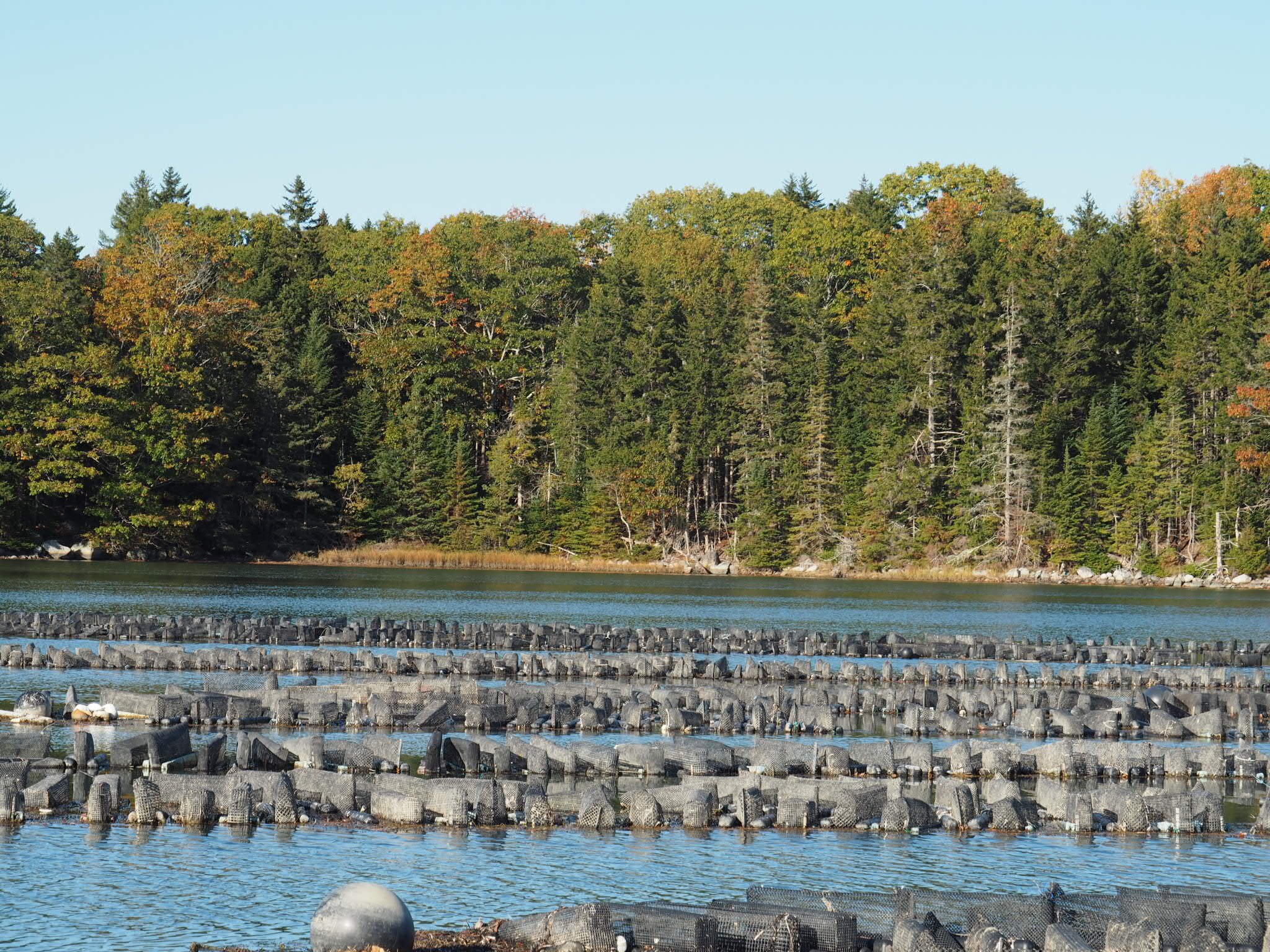With the resumption of shellfish trade with the EU, the U.S. oyster industry is rightfully concerned about the introduction of OsHV-1 into our waters. Although this virus does not affect humans, it has been linked to mass oyster mortalities all across the world. Not every imported oyster is carrying the virus, but they all must be treated as such since we can’t know which ones are carriers, and the stakes are just too high.
The threat is very real, but it’s manageable with knowledge and vigilance. Best practices in general should be that if you aren't sure where your oysters came from, keep them and their shells out of the water. Domestic pathogens can be circulated in similar ways, so it’s better to err on the side of caution.
The only way an issue could arise is if tainted oysters or their shells make it into (or near) the water. Here are some realistic scenarios that must be avoided:
- After enjoying the oysters, somebody tosses the shells into the water.
- Somebody buys oysters and hangs them off their dock to "refresh" them.
- A dealer holds oysters in a wet storage or depuration system that drains into the water.
- Oysters get mixed up and get put out on a beach.

Each of these situations is avoidable, but the industry and the public need to be aware of the threat. Shellfish from New Zealand and South Korea should be treated similarly, as they may also carry the virus.
Bottom line: If you don't know where the oysters came from, keep them (and their shells) out of the water!
Shellfish harvesters and dealers, please see and distribute this letter penned on behalf of the major regional associations. The East Coast Shellfish Growers Association has also compiled useful resources for industry and the public at ecsga.org/oshv. In addition, the ECSGA is also offering FREE informational tags to anyone dealing in imported oysters. These are an important tool in minimizing the risk of tainted oysters affecting our local stocks and industries. If you would like a stack of the tags, please reach out to your BlueTrace rep, and we'll make sure you're flush.
The OsHV-1 threat makes yet another case for a robust traceability system. Knowing where imported product ends up is critical for consumer awareness and proper handling practices. And in the unlikely event of an introduction, we will definitely want to know where the oysters went in order to identify and isolate the danger as soon as possible.
Keep on shuckin'!


